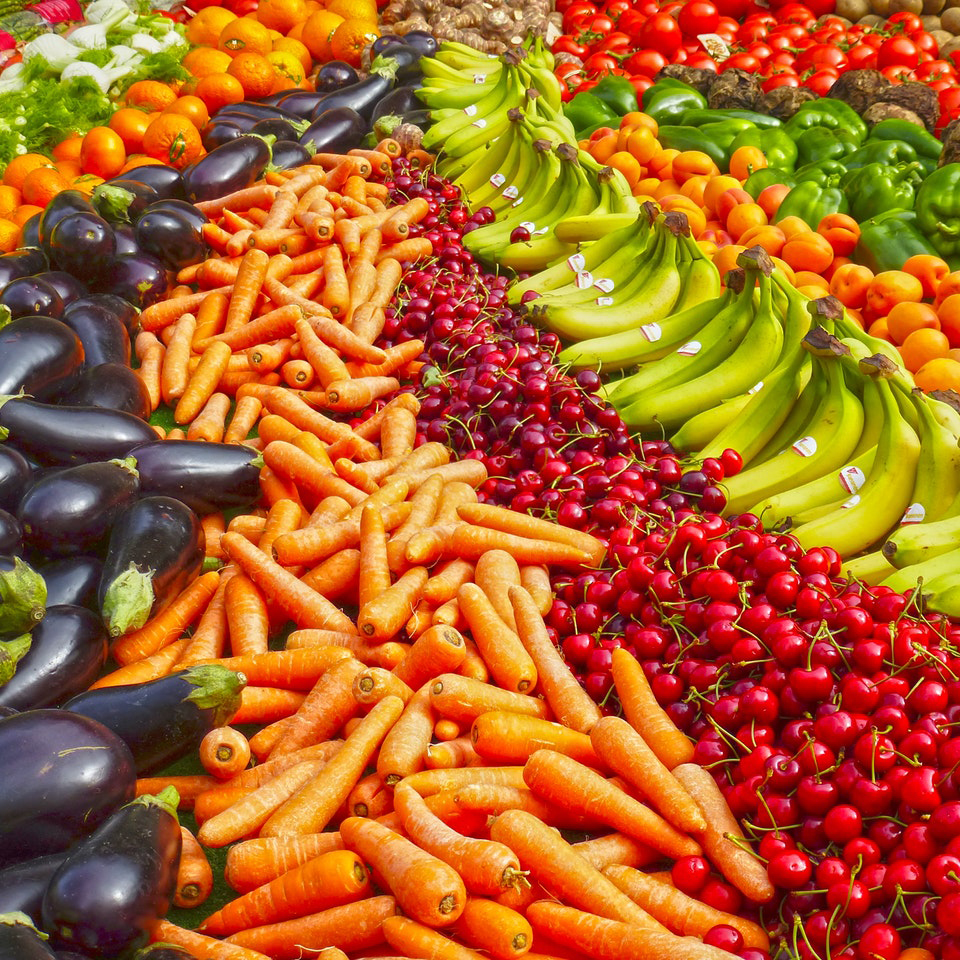Alerts & What’s Trending
Looking to Maximize Contracts and Rebates? Discover Solutions for Foodservice Success
Could You Be Saving More? Simplify Contract and Rebate Management with InsideTrack
Could Technology Unlock New Savings? Discover Buyers Edge Platform’s Solutions

Produce
Produce markets face ongoing challenges due to the transition from Salinas to Yuma and compounded by past weather effects, pests, and incoming cold temperatures. Supplies of key items like broccoli, endive, and escarole remain tight, with limited availability projected through November, while extreme shortages are expected for items like bok choy and artichokes. Avocado volumes from Mexico look strong heading into the Super Bowl, though small sizes will dominate until late December. In the Southeast, crop volatility from hurricane damage is impacting numerous crops, including citrus, tomatoes, and peppers, signaling potential price increases and quality issues in the coming weeks.

Grains
Soybean oil (SBO) prices surged to a three-month high, influenced by rising palm oil futures, increased biofuel demand in Indonesia, and a recent flash sale of 30,000 metric tons of SBO to India, marking the first sale since March 2022. India’s significant position as the largest SBO importer globally hints at potential for ongoing sales, which could support further price gains if demand persists. Despite this recent boost, domestic demand for SBO remains softer than anticipated, making international sales crucial to sustaining momentum in the SBO market.

Dairy
The dairy market saw a mixed performance last week, with slight declines in cheese prices and fluid milk categories. Retail demand for conventional dairy increased by 11%, with cheese promotions up slightly, though cheese production remains constrained by limited milk availability. Butter prices edged up to $2.70/lb as churning activity picked up to meet seasonal needs, supported by ample cream supplies. Milk production varied regionally, with steady volumes in the East, rising output in the Central region, and mixed trends in the West.

Beef
Beef production rose 2.6% week-over-week and 1.6% over last year, driven by heavier cattle weights and increased harvest. Despite this, beef cutout values declined as demand eased, with choice cutout dropping 1% to $317.60/cwt and select falling 3%. Rib and trim segments saw slight gains, but most other cuts, particularly end cuts like chucks and rounds, experienced notable price drops. Ground beef remained steady, though prices may soften post-Halloween, while trim prices showed volatility.

Pork
Pork prices saw an upswing, with hog futures up 7% and a 4% rise in the pork cutout to $103.15/cwt, fueled by increased demand for ribs, hams, and bellies as holiday sales pick up. Key primals like ribs and bellies reached new highs, with derind belly prices climbing 24% for the month. However, the trim segment experienced significant declines, with 42% trim dropping 38% to $0.67/lb and 72% trim down 16% to $0.87/lb.

Poultry
Chicken production edged up by 0.7% year-over-year, supported by slightly larger bird sizes, though prices across the chicken complex remain weak. White meat cuts like boneless/skinless breasts and tenderloins continue to decline, down 16% and 26% for the month, respectively, while chicken wings fell 1.5% to $1.95/lb. Turkey prices showed mixed movement, with whole turkeys steady but breast prices rising by 2% as demand for Thanksgiving approaches.

Seafood
U.S. snow crab imports have significantly decreased, with August figures at 2,525 metric tons, down from 17,158 metric tons in May, marking the end of the peak season. Prices have stabilized following the volatility experienced since 2020, aligning with traditional seasonal patterns. Historically, snow crab prices are lower from August to October, suggesting that the upcoming September data is unlikely to show significant changes.



